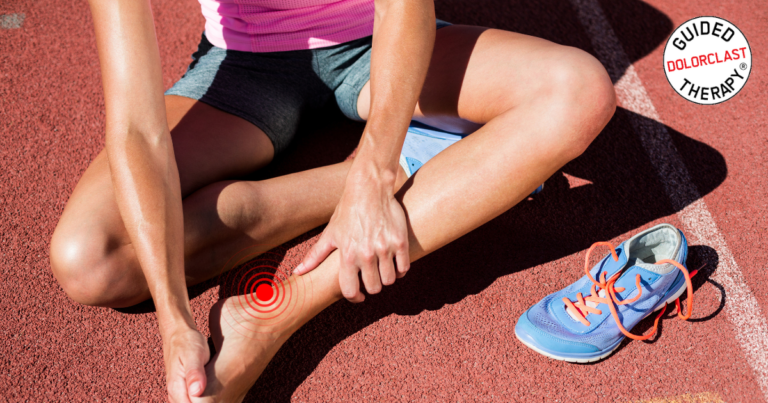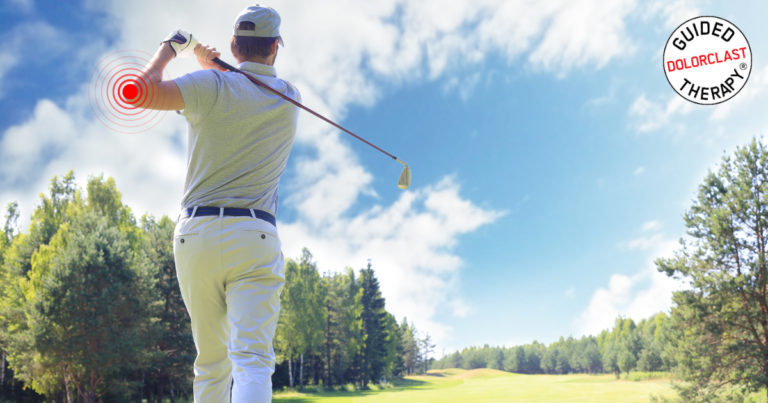Reference:
Titov VV, Litvinenko A
"Extracorporeal shockwave therapy in the treatment of the osteochondropathy of tibial bone roughness"
Abstracts 10th International Congress of the International Society for Musculoskeletal Shockwave Therapy, Toronto, Canada, 2007, pp. 46-47
Introduction
The prevalence of Osgood-Shlatter disease among teenagers is as high as 20% and on the increase. Previous methods of treatment are not always effective, and the term of treatment can be as long as 6-12 months. The purpose of this study is to develop a scheme of treatment using ESWT, to improve results of treatment.
Methods
There were 2 groups of patients (103 persons) included in the research. The basic group (51 persons) consisted of patients who were treated with ESWT on a Swiss DolorClast, the course of treatment included 5 procedures; the interval between procedures was from 5 to 7 days. Treatment involved 2000-3000 impulses with frequency of 4-7 Hz and peak pressure
1.8-2.5 Bar during each procedure. The perifocal zone of the tibial bone roughness was exposed as well as some area of the forefront of the tibial bone.
Treatment in the control group (52 persons) was administered with Physico-Therapeutic Treatment, Nonsteroidal Resolvent, immobilization, and termination of stress. The results of treatment are studied for 3 to 12 months. The results were evaluated by means of the modified visual analog scale (VAS) on Coleman; the range of as from 0 to 10 where the minimal parameter corresponded to the best result.
Results
The length of treatment in the basic group was 4-6 weeks; in the control group up to 12 weeks. In the basic group, excellent results were achieved in 27 patients, good results in at 19, and satisfactory results in 6. In the control group excellent results were achieved in 11 patients, good results in at 13, and satisfactory results in 28.
Discussion
The results prove a role of stressing periosteopathy of the forefront of the tibial bone in disease development.
Conclusion
- The proposed scheme of treatment produces maximal excellent and good results in as little time as possible.
- The carrying out of procedures is probably on a background of the minimal decrease of exercise stress.
Would you like to learn more about osteochondropathy? Visit the indication page and discover how can you use Guided DolorClast® Therapy approach when treating patients!




